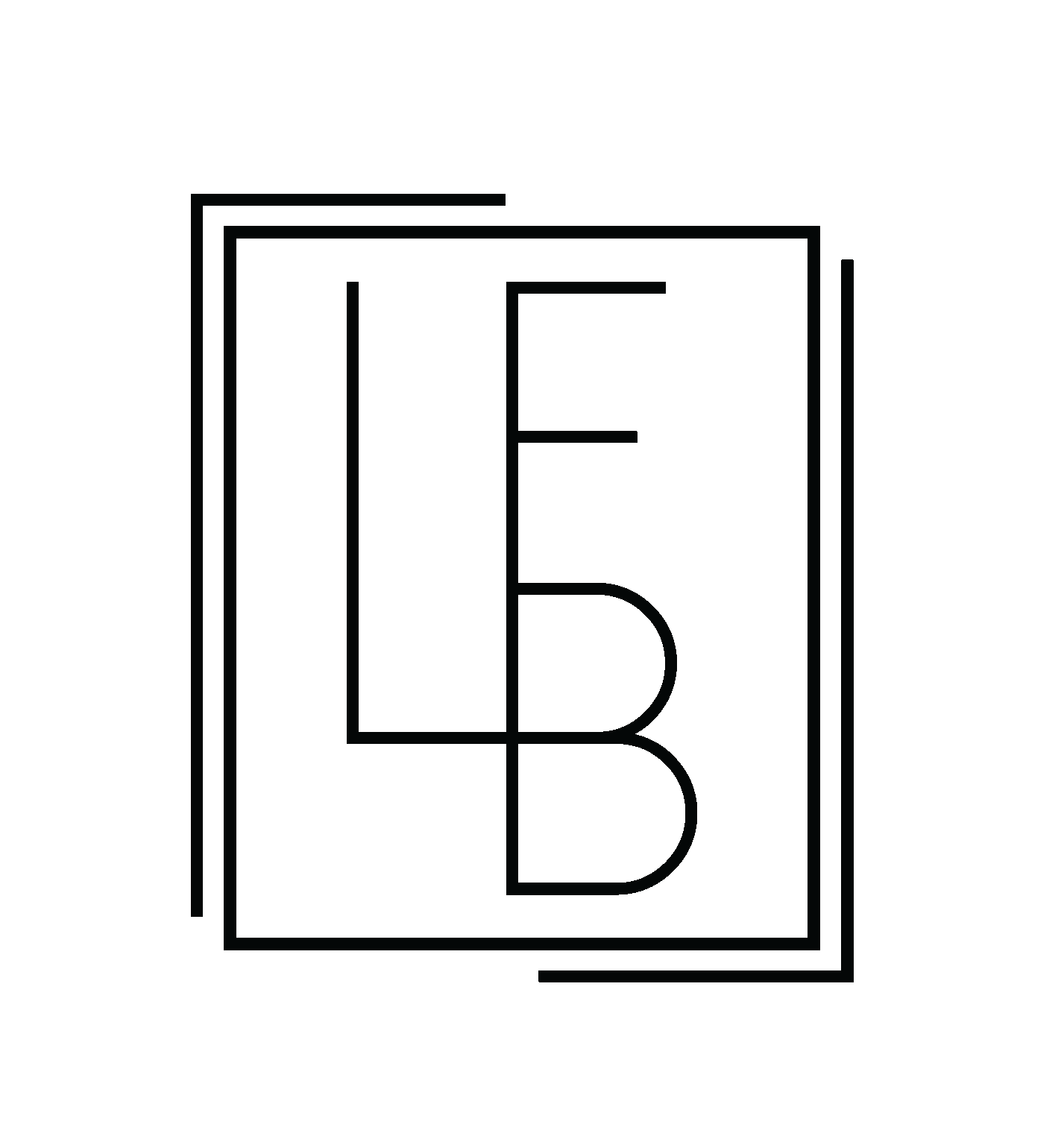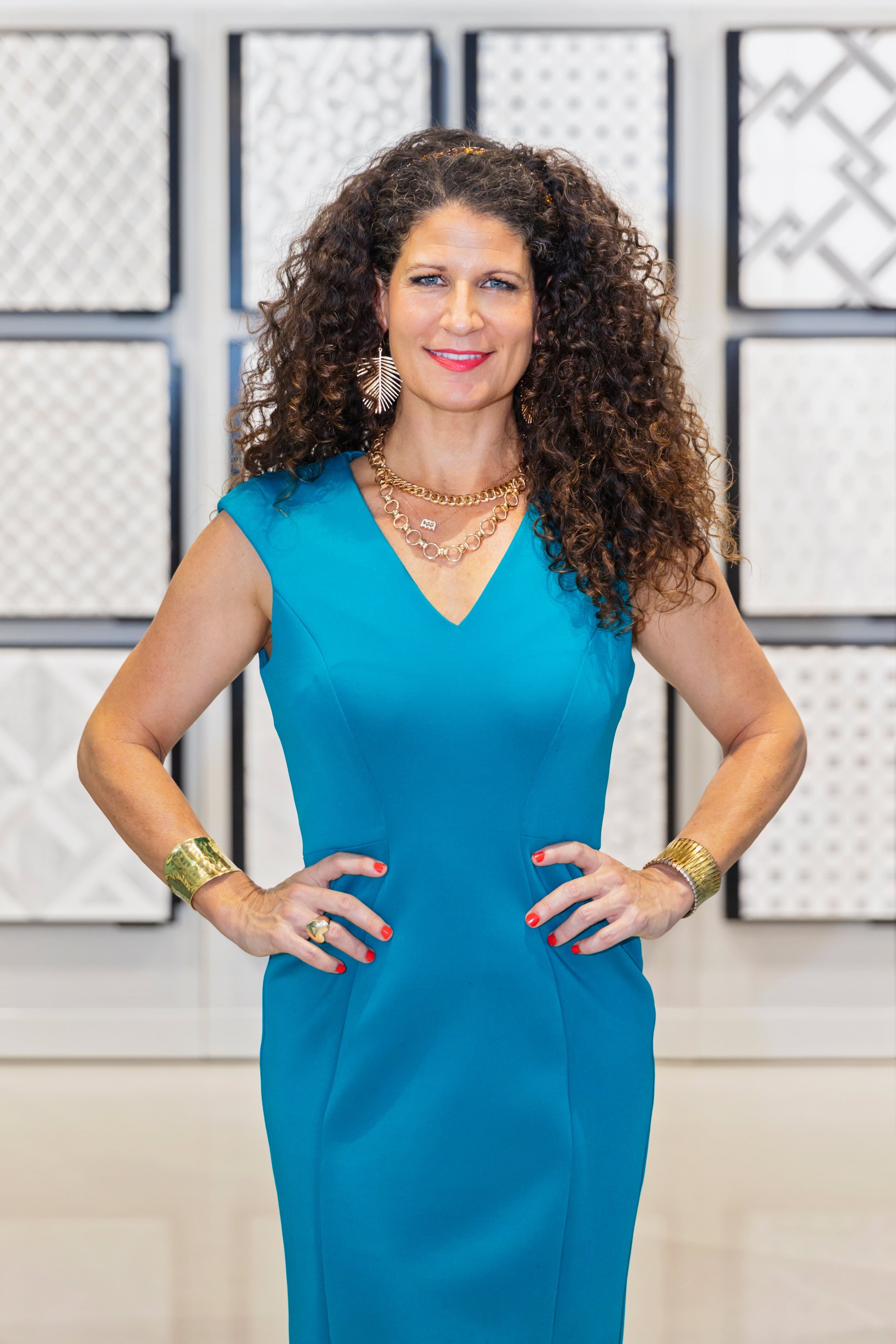FAQS
What is the process for selecting colors for my building or project?
The process will differ depending on the type of property, project and phase of construction. I work on custom new builds, remodels and simple refreshes where limited changes are needed.
For residential projects, I always begin with a complimentary discovery call to understand the scope of the project and clients’ objectives. We determine together how much or little color, materials and finishes need to be specified on the project based on that conversation.
Prior to the initial consultation, I request images, inspiration photos, any materials that have already been sourced, construction documents, and anything else pertinent to the project.
There are times during the process in which I am called upon to source materials either independently or with my clients. Each project is unique, and some clients have materials on hand for me to evaluate upon arrival, while others prefer to hire me during the materials sourcing phase.
During all consultations, I carefully analyze every element from paint and surfaces to plumbing + lighting fixtures, fabrics, art, wall coverings and drapery. Each color + material are evaluated by color family, contrast, undertone, temperature, value (lightness or darkness), and chroma (pigmentation or color intensity). The goal is always to create a harmonious color palette for all areas of the space.
On commercial spaces, we also incorporate a business approach to color specification, ensuring the all color, materials + finishes chosen convey the intended aesthetic and effect for property appreciation, occupancy, and marketability.
Everything that we do at LFB Color Consulting is tailored to the clients and their unique needs.
what exactly do you select during a color design consultation?
As an architectural color consultant, I select any and all surfaces where a color decision must be made. This includes paint, grout and mortar, wallpaper, flooring, counter tops and backsplash, drapery, upholstery fabrics and furnishings, plumbing and lighting fixtures, kitchen appliances, tubs and toilets, and kitchen and bath hardware. We even specify wood stain color as needed. For exteriors, I specify brick, stone, mortar, roofing, wood surfaces and stains, lighting and hardware accents, along with house numbering.
Think color, materials and finishes, and there you will find me!
is a color consultation the same as an interior design consultation?
Though I graduated fashion design school, I am not an interior designer. What I offer as an architectural color consultant is limited in scope as compared to what interior designers provide.
We at LFB Color Consulting do not provide full service interior design space planning for example, nor do we typically source an entire inventory of furnishings and art.
A good way to think of us is that we are color designers, not full interior designers. In fact, interior designers will often contact us to specify color, materials and finishes, so that they can focus on other aspects of the project.
How do you determine which colors will work best with the existing architecture and surroundings?
This is a frequently asked question indeed! Many of my projects are remodels and refreshes, scenarios in which not all of the materials are being replaced. This means that I am asked to “work around” certain elements and colors that won’t be replaced during our work together.
I carefully evaluate all existing colors and surfaces, their undertones and contrast levels, and from there I create a color scheme that melds the old with the new surfaces.
For brand new projects and custom builds, I lay out all colors, materials and finishes together in natural lighting. This is the only way to truly analyze all elements together and determine color harmony.
Color placement or allocation is also a huge component of my design work, so especially for exteriors I like to create simple renderings to visually convey my ideas to clients.
My job is also to stay abreast of local, regional, national and global architectural trends, so this also informs my color design decisions.
Can you provide examples of past projects you have worked on?
Upon request, I can provide some examples of past projects. The reality is that we have worked on over 300 projects to date, both residential and commercial.
More often than not, what we are asked to specify doesn’t align to our personal design aesthetic, nor is the work professionally. photographed in the proper lighting.
Additionally, some clients don’t follow all of our color design instructions, so the result doesn’t represent our best work. Lastly, many clients are discreet and don’t wish for their spaces to be photographed.
Through the years, it has been a challenge to develop an online portfolio. We are happy to provide client references and email you examples upon request.
How do you stay current with trends in color and design?
I confer regularly with industry peers across all segments of the architecture, construction and design industry. I attend color forecasting, construction material and new product launch events. This is an ongoing process that is part of my daily job as an architectural color consultant.
What factors do you consider when selecting colors for a commercial building versus a residential building?
The commercial color specification world has two components: the selection of all coordinating colors and materials and precisely marketing the property and appreciating its value.
I do a deep dive with my commercial clients to understand their demographics, intended use(s) of the space, competitive positioning in the marketplace and occupancy rates.
We also must consider the very detailed construction documents and product specifications on any given commercial project. This is where I liaise with architects, designers, project managers, builders and property managers on site.
We often work from a predetermined set of material suppliers, and from there I do my research and select the appropriate color and material schemes.
How do you ensure that the colors selected will stand the test of time and not look outdated in a few years?
This eye of mine has developed over time, through much research and consultation with industry peers, and my own trends studies.
I work with predominantly classic neutrals and a few bold pops of color on most projects. That being said, my job is study long-range and short-range color trends, so that my color design decisions WILL stand the test of time.
Admittedly, on projects that have the budget to remodel every couple of years, we can and often do experiment a bit more with bold, trendy color, but even then I am judicious in those choices.
What is the importance of natural light in selecting colors for a space?
I have a combination of natural light areas and a full spectrum light system set up in my color studio to evaluate materials for remote clients. This ensures that artificial light that is too blue or too yellow won’t cast hues onto the surfaces I’m testing. We need to see how the elements we are choosing work in conjunction with one another, and the wrong lighting hinders that process.
When on site, I prefer natural light for making color design decisions for the same reason. Natural light or full spectrum light is essential for making proper, informed color matching and design decisions.
How do you work with clients who have different opinions on color choices?
The first thing I say to clients upon arrival to an appointment is, “I’m not the color police. I’m not here to tell you what to do, but I AM here to help you translate your design vision to reality with my color choices.”
Most of the time my clients have taste that vastly differs from mine, and that is quite alright. The principal reason I hold discover calls prior to appointments is to ensure that I understand what the client hopes to achieve. From there I can set about translating their vision using my professional color tools and trained eye.
Can you provide color samples or swatches for me to review before making a final decision?
Why of course! For all interior paint consultations, I am able to provide paper color swatches. For exterior paint consultations, I take the extra step of painting large sized canvases for clients to use and finalize their color choices.
As for non-paint materials, we can typically source those materials together to find physical samples.
How do you take into account the psychological impact of color when selecting colors for a space?
This all depends on the type of client with whom I’m working. I will often ask residential clients what mood they want to feel in a particular space. This then dictates which color families we look to for color direction. So, yes, I consider color psychology as it matters to each client.
Where color psychology comes especially into play is on my commercial building projects. Imagine the importance of using color to set the tone and effectively market restaurants, multi-use spaces, medical complexes, high rise office buildings and/or multi-family properties. Not only do I factor color psychology into the mix, but I also study demographics, intended use of the space, the property owners’ logo colors/image/competitive positioning, AND architectural color trends.
why don’t i see pricing or packages for in-person consultations?
In-person consultations are packaged uniquely for each client based on my in or out of area drive (or flight) time, the project scope and whether or not product sourcing is involved. Following a discovery call with my in-person clients, I provide a color design proposal for your review within one business day.
For commercial clients, we also have a discovery call, after which you submit an RFP of some sort. From there I put together a proposal within five business days.

